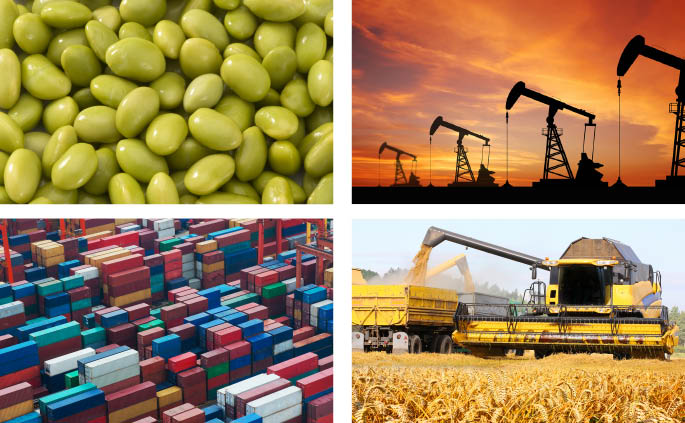 Silver: HOT Silver: HOT
A notoriously volatile commodity, silver has often been overlooked by investors in favour of its shinier cousin, gold.
Although 50% of silver demand comes from industry, where activity has been picking up in line with improved economic conditions around the globe, silver has been the worst-performing industrial metal of the last year. The price fell from $1,125/kg in October 2012 to $703/kg in August.
However, Mike McGlone, director of US research at ETF Securities, argued the price fall represents a potentially attractive entry point for investors as, if global economic growth continues to improve, industrial demand may increase.
McGlone also said there are signs of a turnaround in commercial demand for silver.
“A closer analysis reveals silver may have fallen too far and is poised for growth,” he said.
The US Mint silver coin sales are on course for sales of 50 million ounces. This would surpass 2011’s peak of 40 million ounces.
“While it has been a difficult year for precious metals investors, we feel silver has returned to attractive value near $20/oz, and can sustain gains above $20/oz as long as the global recovery remains buoyant, in turn continuing to lift physical demand,” McGlone said.
Meanwhile, news of the Federal Reserve’s plans to continue, rather than cut, its quantitative easing measures caused the dollar to fall to a seven-month low, while metal prices received a boost. Silver led the pack with a rise of 6.9% they day after the Fed announced it would not taper.
Garry White, chief investment commentator at Charles Stanley, explained: “The dollar and commodity prices typically have an inverse relationship, as a weaker US currency makes commodities such as gold, copper and oil cheaper to buy in other currencies. This, in turn, can boost demand and increases the price of basic material in dollar terms.”
If the dollar continues to fall, this could provide a further support to the price of silver.
|

 Oil: WARM
Oil: WARM Soybeans: COLD
Soybeans: COLD Copper: HOT
Copper: HOT Silver: HOT
Silver: HOT Gold: HOT
Gold: HOT